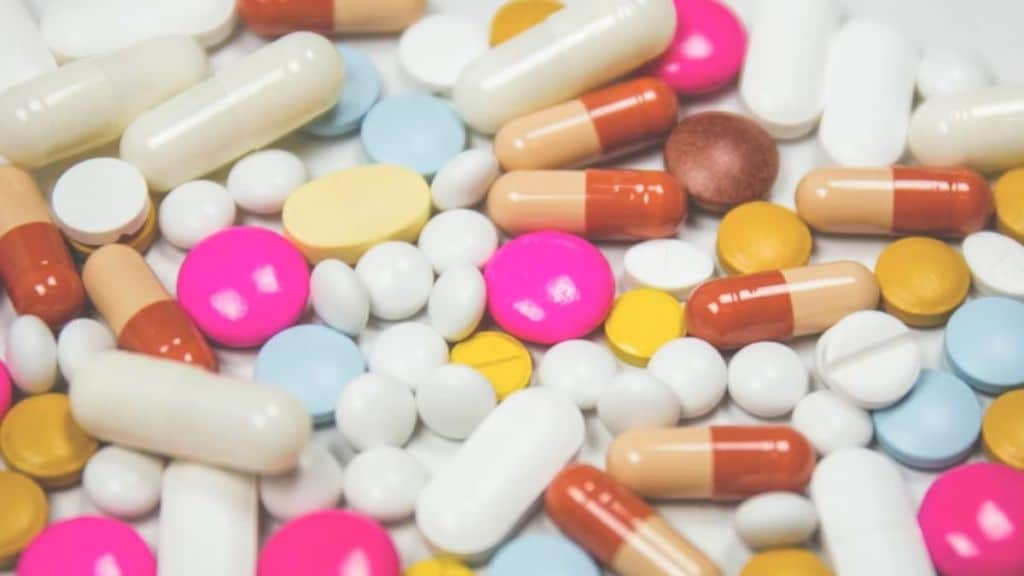The World Health Organization (WHO) has released the latest editions of its essential medicines lists, bringing hope for better treatment options worldwide. The 24th Model List of Essential Medicines (EML) and the 10th Model List for Children (EMLc) feature several high-impact medications for diseases like cancer, diabetes, obesity, haemophilia, and cystic fibrosis.
The updates were guided by the 25th WHO Expert Committee on the Selection and Use of Essential Medicines, which met in Geneva from May 5 to 9, 2025. The committee reviewed 59 applications and added 20 new medications for adults and 15 for children, along with seven new uses for already-listed medicines.
New cancer treatments added
One of the most important additions is the class of PD-1/PD-L1 immune checkpoint inhibitors, which can help prolong life in certain cancer patients. Drugs like atezolizumab and cemiplimab are now recommended for metastatic cervical, colorectal, and non-small-cell lung cancers. Pembrolizumab has also been added as a first-choice treatment. Cancer immunotherapies, including Merck’s Keytruda, are expected to improve survival for patients worldwide.
Diabetes and obesity medications get a boost
The WHO has also added GLP-1 receptor agonists, including dulaglutide, semaglutide, liraglutide, and the dual GLP-1/GIP agonist tirzepatide. These drugs are recommended for adults with type 2 diabetes who also have cardiovascular disease, chronic kidney disease, or obesity (BMI ≥ 30 kg/m²). Originally designed to manage diabetes, these medications are increasingly used to help with weight loss and are now explicitly endorsed for patients who may benefit most.
Rapid-acting insulin analogues have also been added to treat type 1, type 2, and gestational diabetes. These medications, produced by companies like Novo Nordisk and Eli Lilly, aim to improve blood sugar control and make modern diabetes care more accessible globally.
Other key additions
For cystic fibrosis, the combination therapy Trikafta (also known as Kaftrio) from Vertex Pharmaceuticals has been added. While its high cost has long limited access, WHO’s listing may help encourage wider availability.
Impact on global access
WHO officials explain that these updates are intended to expand access, especially in low- and middle-income countries. When patents expire, inclusion on the EML often promotes generic production, which can significantly lower prices.
“These updates mark a significant step towards expanding access to new medicines with proven clinical benefits and with high potential for global public health impact,” said Dr Yukiko Nakatani, WHO Assistant Director-General for Health Systems, Access, and Data.
Adopted by more than 150 nations, the EML and EMLc continue to guide national procurement, insurance coverage, and reimbursement decisions. Currently, the lists include over 523 adult and 374 paediatric medications, helping ensure that patients worldwide have access to essential treatments for serious and chronic conditions.
With these updates, the WHO reinforces its commitment to improving global health by making life-saving medicines more widely available. From cancer immunotherapies to diabetes and cystic fibrosis treatments, the new EML and EMLc editions aim to address both urgent and long-term healthcare needs, offering hope for millions of patients around the world.


